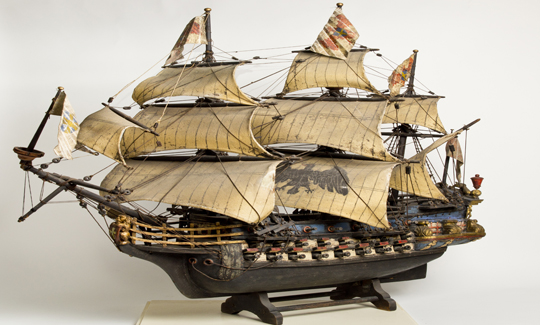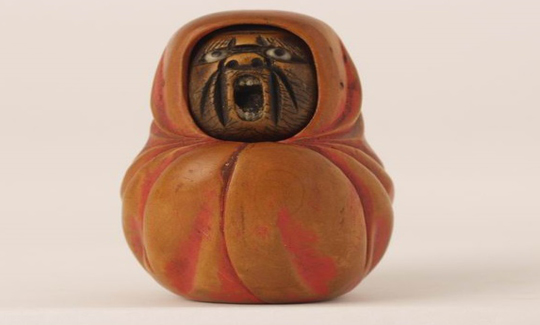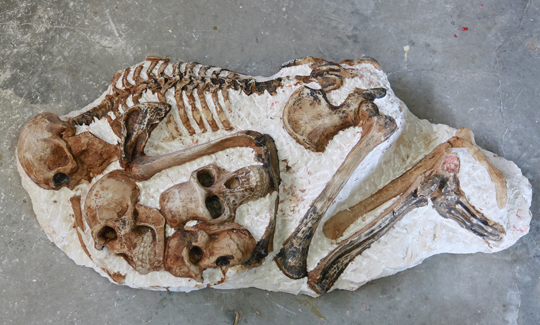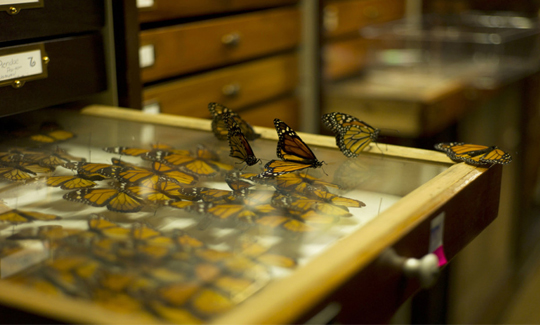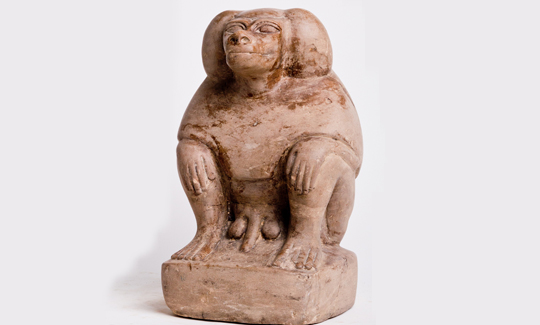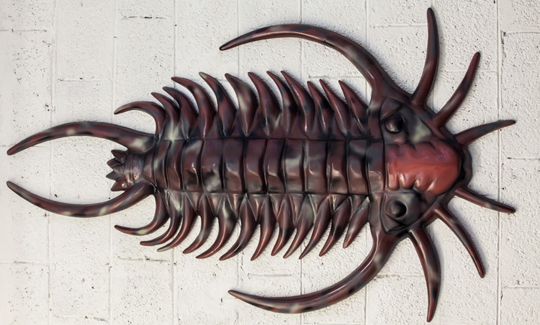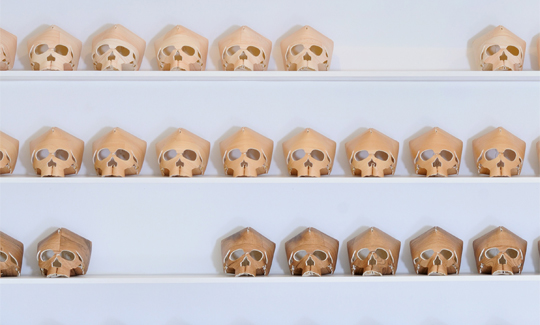Collectorship has been a part of Western culture from its earliest stages. Since before the Roman period, collections were consecrated to the Muses. Magical objects were collected throughout the centuries, beginning in the temple of Apollo at Delphi and up until church reliquaries. "Cabinet of Wonder" collections, belonging to European nobles of the Renaissance era, transferred collectorship to the private sphere. At palaces and aristocratic homes, rare natural exhibits and objects brought from all corners of the world were displayed alongside curious archaeological finds and objets d'art. Such cabinets expressed wonder and horror alike, but also the sense of superiority and arrogance characteristic of colonialist culture. Later they became the museums we are familiar with today. The means of display changed and developed into methods of rational sorting and classification according to various fields of knowledge. Yet to this day, "Cabinets of Wonder" serve as reservoirs of rare, exciting knowledge, inspiring curators and contemporary artists. They offer an alternative to modern categories of classification, as a post-colonial act and as a critique of consumer society.
With reference to such "Cabinets of Wonder" and to the artistic-curatorial discourse that has developed in recent decades in Israel and abroad, we sought to examine the inventory of the Haifa Museums' storage rooms with a fresh gaze. We searched out the wonderful, the exotic, the amusing. In the exhibition hall we stacked objects and works arbitrarily – lacking any "class-based" hierarchy, with no commitment to chronological-historical organization or to the representation of a meta-narrative. We juxtaposed unknown or forgotten artworks, works that enjoy a high cultural and historic status, products of original handicrafts, and a number of contemporary works by artists not included in the collection. The exhibition's selective multiplicity, corresponding with the history of the region and its artistic production, raises the question of how choices are made in museum displays – both in each of the museums represented in the show, and in the exhibition itself.


